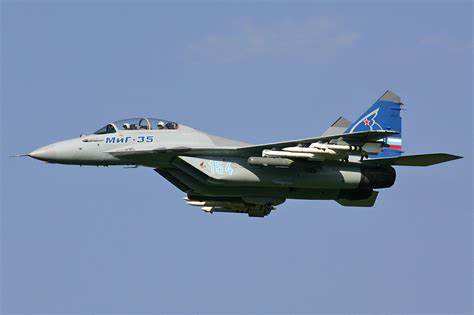
Russia’s aspirations to dominate the skies with the MiG-35 “Fulcrum-F,” a fighter that promised to combine advanced technology with formidable firepower, have been beset by a series of setbacks.
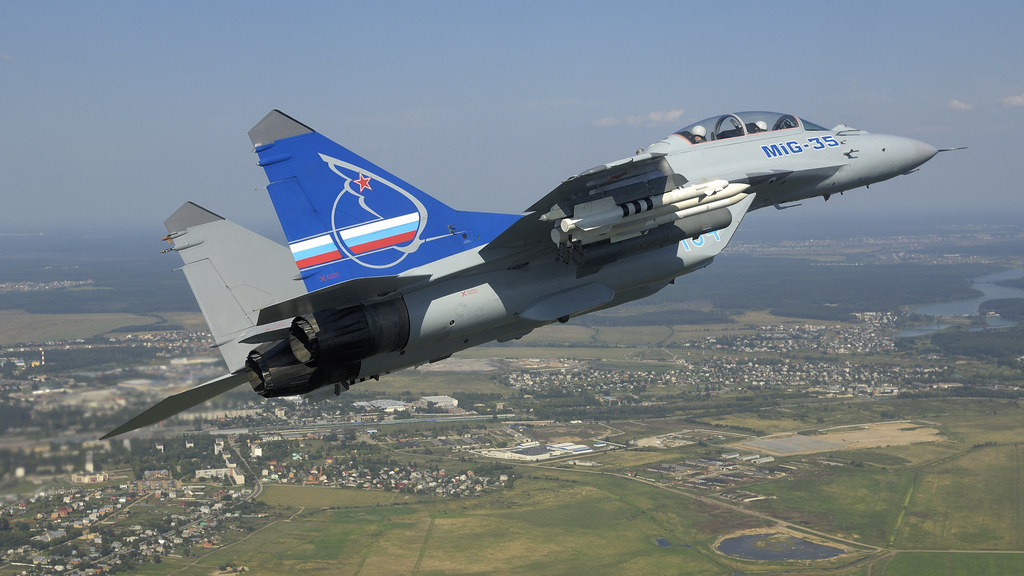
Once heralded as a “4+++ generation fighter,” the jet’s actual performance and international reception have fallen short of expectations, undermining Moscow’s ambitions.

Introduced in 2017, the MiG-35 quickly became a testament to Russia’s military industrial challenges rather than its prowess.

Despite featuring the first Russian AESA radar and being equipped with a suite of armaments, the jet has not lived up to the hype.
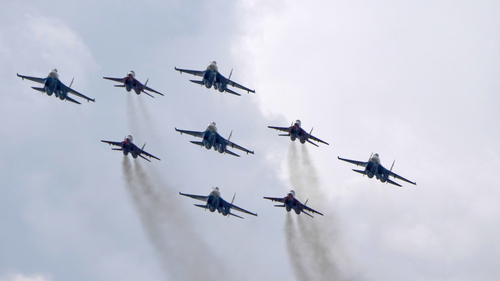
According to Yuri Slyusar, President of Russia’s Aircraft-Building Corporation, “The fighter aircraft has been specially designed for warfare amid increased intensity conflicts and highly dense air defense.”

“The available high indicators have been achieved thanks to a set of onboard equipment mounted on the plane along with a new optical location system and radar signature reduced by several times,” he said

The MiG-35, powered by RD-33MKB engines, was supposed to be an improvement over the venerable MiG-29, but its export history tells a different story.
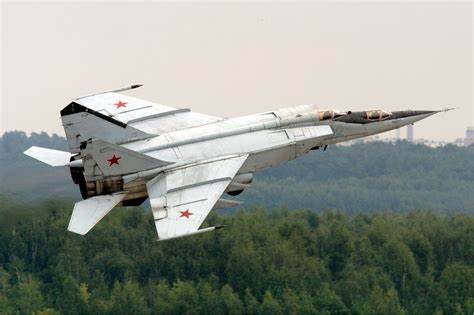
Its failure to attract international buyers, with countries like India and Egypt bypassing the aircraft for alternatives, reflects the jet’s inability to compete effectively on the global market.

Russia’s financial constraints, exacerbated by the ongoing conflict in Ukraine, have further hampered the MiG-35’s production and export possibilities.

Despite Russia’s ranking as the third-largest military spender globally, its armed forces have not been able to leverage the MiG-35 in the Ukrainian conflict, where the air force has primarily utilized Soviet-era aircraft instead.

With only a handful of MiG-35s known to have been delivered, the aircraft’s absence from Ukraine’s skies has raised questions about the quality of Russian military equipment.
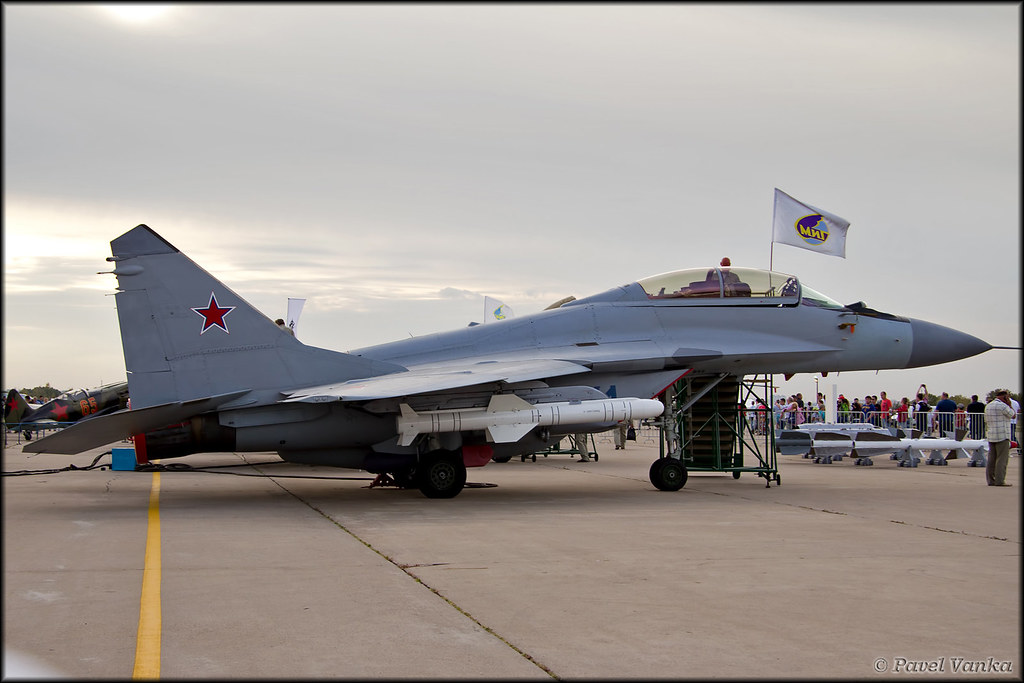
The MiG-35 was supposed to showcase updated technologies, such as a new fly-by-wire system and an electro-optical targeting and surveillance system pod, offering improved combat efficiency.

However, the aircraft’s production has been sluggish, with a mere eight known to exist, falling far short of the 37 originally ordered by the Russian Air Force.

Even as the MiG-35 remains grounded, Russia’s air force has to grapple with choosing between this underperforming jet and other options like the “heavyweight” Su-30SM Flankers.

The lack of domestic deployment and international interest has pushed the MiG-35 into a niche of military hardware that is developed but not successfully implemented.
Relevant articles:
– Russia’s MiG-35 Fighter Is Destined to Become a Nightmare Failure, The National Interest
– Russia’s MiG-35 Nightmare Just Won’t Seem to End, The National Interest
– Here’s why Russia’s MiG-35 is absent from Ukraine War, Global Defense Corp

